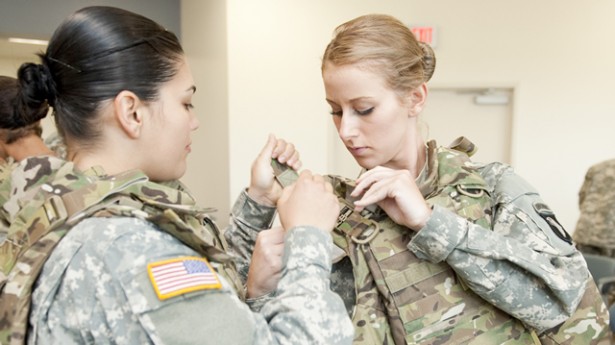The culprits, the Research Advisory Committee on Gulf War Veterans' Illnesses claims, are bureaucrats in the Veterans' Administration Office of Public Health, whose coordination of a robust strategic plan for Gulf War Illness (on which RAC had consulted) has "gutted" science, "focus," "energy," and budgetary resources (reduced from from $15 to $4.9 million for 20013). The Office has promulgated "fictions," the RAC asserts, that are "contrary to well-established science," resurrecting a discredited theory of the syndrome belied by decades of scientific research validated by the Institute of Medicine. That scientific research shows that Gulf War Syndrome or Illness is a real and profound multi-system illness appearing with an array of conditions.
Among the "fictions" listed are:
that the multi-symptom illness suffered by Gulf War veterans is an assortment of "medically unexplained chronic multisymptom illnesses" and not a diagnostic entity that the Institute of Medicine, in 2010, concluded it was;The RAC says that these distortions "undermine" research by VA and the broader scientific community, which it calls "the entire foundation on which hopes of finding treatments are based." RAC is careful in assigning specific blame, though: "Many VA staff clearly do not believe these fictions," the report states. Moreover, they report, "the fictions assuredly do not represent the policy of the Secretary," whose stated commitment to change the culture of an ossified and sometimes obfuscating agency was reflected in the initiation and development of the strategic plan. Rather, the RAC report takes aim at "a number of individuals wedded to the past, who have somehow imposed their will on the Department," recommending that these actions be investigated and that the individuals responsible be removed from positions of authority over Gulf War research.
that it is unknown "whether service in the Gulf War is linked to illnesses Gulf War veterans have experienced" - - a statement only recently removed from VA's website;
that it is unknown if the illness is physiological or psychiatric.
Ten years after its 1998 establishment by Congress to advise on matters of Gulf War health research, RAC published its hard-hitting 452-page review of research, "Gulf War Illness and the Health of Gulf War Veterans." It found that there was more than just a passing correlation between wartime exposure and widespread systemic illness among veterans. Though it did not rule out depleted uranium, particulate matter and infectious agents as contributors, it found it found most compelling the scientific evidence that the prime culprits were neurotoxins - in overused insecticides, experimental anti-nerve gas pre-treatment pills, and sarin plumes from the Air Force's bombing of an Iraqi weapons plant. "For too long," the Committee declared in its groundbreaking 2008 report, the "lasting health consequences of the Gulf War were denied or trivialized. Few veterans have recovered or substantially improved with time." And it recommended that identification of treatments be given highest priority for veterans.
The situation described in the report was already becoming more urgent as more and more troops returned home from Iraq and Afghanistan reporting similar symptoms.
There were 866,000 men and women who deployed in and around Iraq and Afghanistan who later became patients in the VA system, and nearly 784,000 have filed for disability compensation. Of the nearly 800,000 sick veterans of Desert Storm, few have recovered and tens of thousands have died. But once again, the VA is denying and trivializing the profound identified illness that RAC and the Institute of Medicine, in turn, verified.
As early as 1994, Dr. Robert Haley, a leading researcher in Gulf War disease demonstrated underlying neurologic damage in Gulf War veterans with Gulf War Syndrome. Last year, citing compliance problems, the VA cut the contract funding the pioneering researcher and is once again denying science and veterans' wishes by calling the defined disease of Gulf War Illness/Syndrome a "Medically Unexplained Chronic Multi-symptom Illnesses."




Reader Comments
to our Newsletter